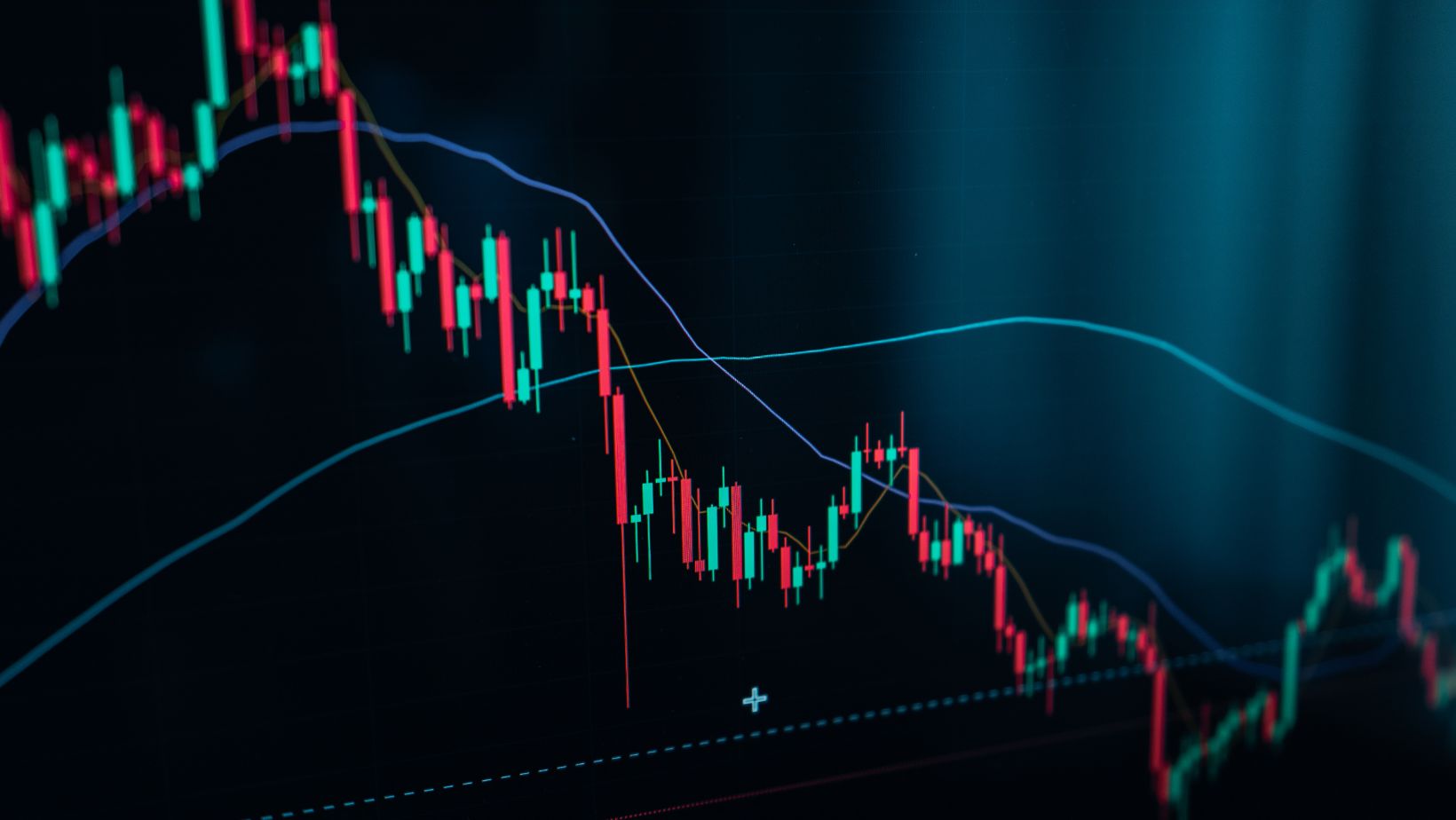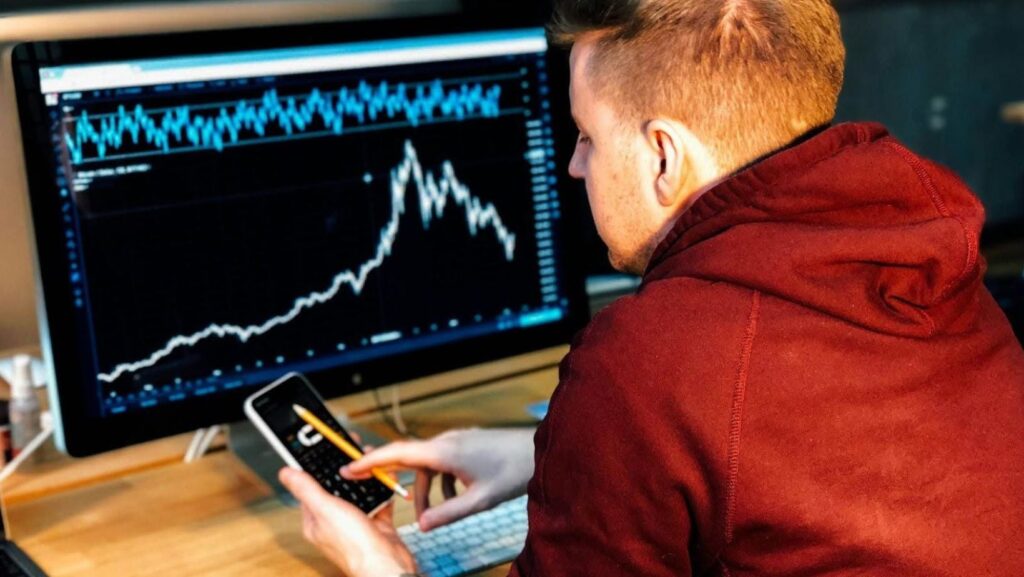Trading markets, regardless of their assets, are volatile. Therefore, various factors can influence prices, including industry trends, market sentiment, liquidity, and supply and demand. The cryptocurrency market is no stranger to these shifts, as it is one of the youngest and most dynamic financial industries. Unique factors contribute to price changes in cryptocurrency, such as the node count (the number of active wallets that hold coins) and mass adoption (the rate at which users demand more coins than are available).
Considering all these factors that can lead to value shifts overnight, keeping up with uncertainties can cause distress to traders. That’s because they feel compelled to act when the market goes down or suddenly surges, which triggers an emotional response in decision-making.
Therefore, traders are exposed to poor judgment when they buy assets at the highest prices and sell them at their lowest. In the crypto world, this momentum is tracked through the Fear and Greed Index, which aggregates data from various indicators to gauge the prevailing sentiment regarding crypto. The index is a useful tool that explains the effects of FOMO (fear of missing out) and FUD (fear, uncertainty, doubt).
But how do these sentiments affect traders? Let’s find out.
Explaining FOMO
FOMO is a prevalent feeling in the modern world, but it has a particularly significant impact in the crypto space. By fearing the risk of missing out on an opportunity to make money, secure assets, or avoid losses, traders are susceptible to impulsive decisions that leave them vulnerable to mistakes.
In most cases, the fear is irrational and fueled by social media coverage that tends to overdramatize the matter. FOMO tends to emerge during changing market cycles, such as a bull or bearish run, where prices can suddenly fluctuate. But there are other causes of FOMO:
- Market manipulation triggered by large investors or whales;
- The fear of missing opportunities that others caught in time;
- The sense of urgency influencers create around their gains;
These factors have different impacts on a trader’s market decision. For example, they might buy an asset when prices reach a peak in a rally, but then incur losses as the prices correct. Alternatively, they might disregard technical and fundamental analysis and invest based solely on emotions. Finally, in some cases, users are prone to overtrading, which can lead to unknowingly increasing their risk exposure and transaction fees.
Avoiding FOMO
While there’s nothing wrong with emotional reactions, traders should learn how not to let them consume and affect them. A trader prone to FOMO will do things like buy a crypto asset only because it gained value recently, or continuously calculate how much they could gain by executing a certain trade.
Being aware of these signs is crucial, and users should make an effort to overcome FOMO if they want to achieve success. For example, they can take the time to research cryptocurrencies, the brands behind them, and their technology, which will help them shape their own opinions instead of relying solely on data from social media.
This leads us to the various media outlets. It’s necessary to compare multiple media outlets and use those with certified professional experience in cryptocurrency subjects, as they can offer valuable insights into the market.
Analyzing FUD
FUD, on the other hand, has a greater impact, as it spreads uncertainty in communities, inducing users to sell their cryptocurrency. It’s usually caused by media and market downturns, but it could also be triggered by:
- Negative government regulations or lawsuits against crypto;
- News regarding security concerns, such as scams or hacks in exchanges;
- Rumors on social media that lack credibility, but still spread panic;
Unfortunately, the fear of a prolonged bear market affects people, making them sell most of their assets. They also prioritize short-term market movements that stem from emotional reactions, rather than designing a well-planned strategy. This also compels them to hesitate when it comes to profitable investment opportunities.
Another common term linked with FUD is a FUDster, a person who intentionally wants a project to decline in order to benefit from a cheaper entry price. Hence, they can manipulate the market or draw attention towards a crypto project that’s not worth the hype. Traders must be wary of FUDsters, who can be easily recognized by their biased posts.
Navigating FUD
The key to managing FUD is to master emotional discipline, which involves developing a clear trading strategy to follow. Relying on technical data, fundamental analysis, and on-chain movements will provide better stability than any other influencer’s guides.
For instance, the ideal trading strategy involves:
- Set entry and exit points based on target prices;
- Automated tools for stop-loss and take-profit levels’
- Balancing trading risks with manageable portfolio portions;

Of course, maintaining a successful trading strategy means:
- Relying on technical analysis that uses indicators like moving averages or support-resistance levels;
- Ensuring fundamental analysis with project whitepaper research and team credibility verification;
- Detecting market manipulation with on-chain data and whale movements;
Revealing the most common occurrence due to FOMO
Recognizing how FOMO and FUD manifest in a trader can help anyone determine if they’re experiencing these emotions. Let’s take a few examples with lessons. We have the FOMO buyer, who notices the price increase of an asset after a celebrity’s post. They are encouraged to buy the coin at its peak price, as they’re convinced the trend will continue ― however, following the hype, the asset’s price drops immediately. This results in a loss, from which the trader must learn to never buy based on hype unless they have conducted fundamental analysis.
Sometimes, traders should stick to the basics and the most reliable coins. Catherine Chen, Head of VIP & Institutional at Binance.com, discusses that “Despite the large supply of different cryptocurrencies, the expression ‘conservative investments’ in tokens with the highest capitalization is appropriate here.”
Conclusion
FOMO and FUD are two of the most significant risks in crypto, as they can impact a trader’s ability to manage their assets effectively. These movements can trigger anxious emotional responses to sudden changes in cryptocurrency prices, which compel users to buy or sell assets out of fear and without any prior research.



